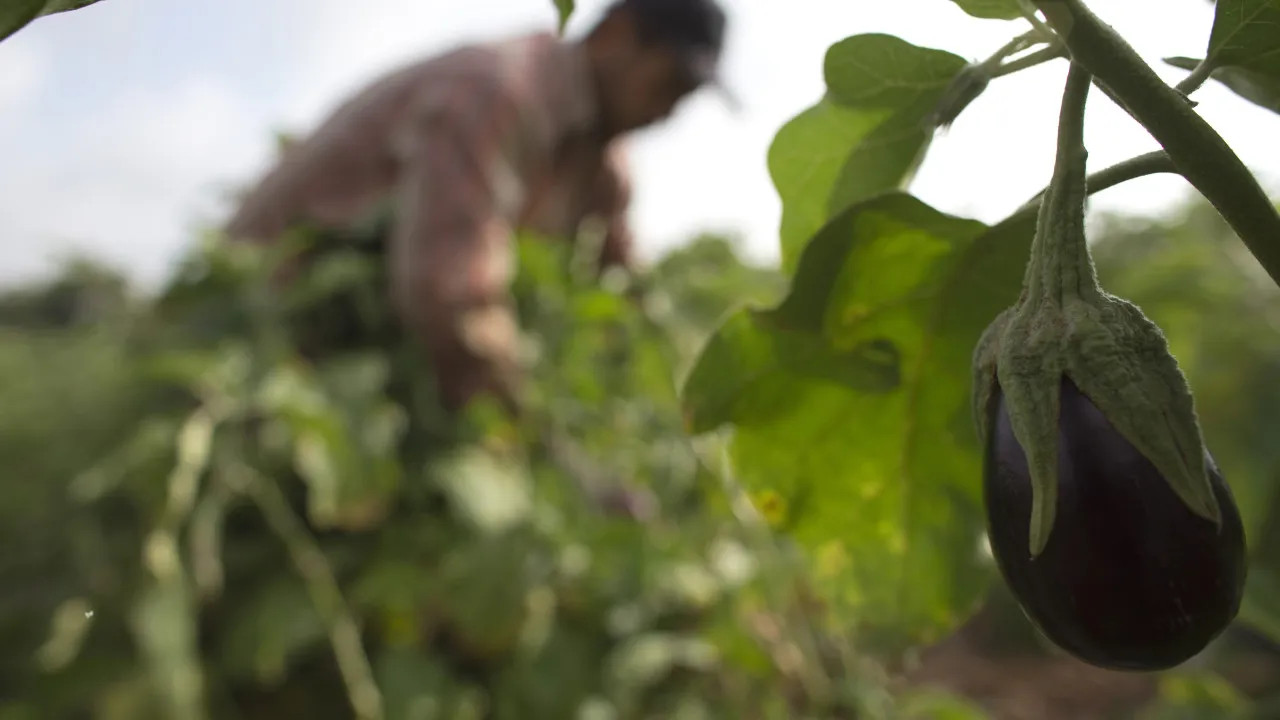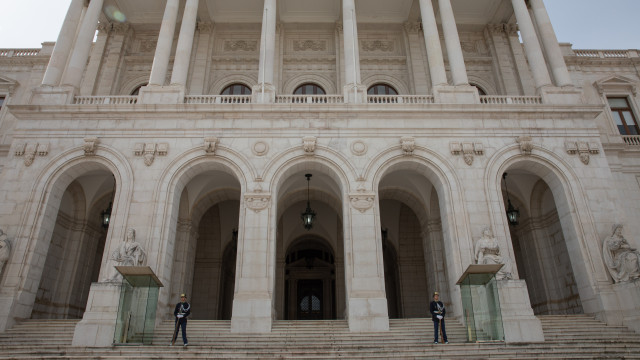
An artistic residency held in Bairro do Cabeço in the village of Tortosendo saw Romani women ranging in age from nine to 80 years join artists Marian van der Zwaan from the Netherlands and Cybelle Mendes from Brazil. The project broke down barriers and helped participants understand different perspectives and traditions, dismantling prejudices and demystifying ideas.
Organized by New Hand Lab, where the final piece is exhibited, Marian initially doubted the feasibility of the project upon arriving at the neighborhood. Although early marriages persisted, she observed that “practically there are no more weddings because they elope” when young couples wish to be together, often with no ceremony or wedding dress.
What was once filled with music, bustle, and abundant feasts is now a quiet agreement between young individuals who typically choose their own partners, often without formalizing the marriage.
During a conversation on one of the neighborhood’s streets, where time and dreams abound but opportunities are scarce, Marian met “Princesa”. This Romani woman expressed her longing to have married with a wedding dress.
The Dutch artist, now residing in Portugal and known for her use of a red rope symbolizing social inclusion, understands that gaining the trust of communities takes time. However, the social intervention cooperative Coolabora facilitated her entry, and subsequent sessions provided a mutually enriching space for sharing.
Over several days, participants unraveled and reworked 1.5 kilometers of cotton and synthetic rope, using glue to fix it to a model in a collective process that unraveled biases and built a bond free of judgment.
Marian and Cybelle, who documented the residency with photos and poetry videos referencing Romani culture, aimed to depict the various dimensions of a group with diverse thoughts.
Although forced marriages are less common, and only a few women are promised, marrying late is frowned upon. There is pressure to marry within the community, but social media has become a platform for young people to connect, allowing women to reject suitors.
Conversely, some parents hope their daughters will pursue education and are indifferent to marrying outside the community. Young women are more outspoken in closed circles, demonstrating increased independence amid cultural pressure.
“I felt they are trapped within their own culture, caught between two worlds. On one hand, they want to, but on the other hand, they can’t or don’t want to,” analyzes Marian.
She translated this nuanced situation into a piece where the planned six-meter dress was completed only on the top, with the remaining cords left hanging. This serves as a metaphor for the situation she witnessed, where young women aspire to break free but are anchored by tradition.
“The top of the dress seems to float, wanting to fly, but the bottom is tied to traditions,” Marian van der Zwaan explains.
The artist recognizes that “they desire more from life than what their neighborhood provides,” understanding that “they have other skills and dreams.”
The sessions built bonds, trust, laughter, and confidences, offering alternative ways to experience relationships.
Marta, for instance, entered marriage at 17 without having met her husband beforehand. Though she never wore a wedding dress, she wishes for something different for her daughters. However, they married young as well, at ages 15 and 16, but reportedly out of choice, not arrangement.
For her granddaughter, Marta hopes she will study and choose her partner, regardless of ethnicity, but acknowledges not all share this view. She understands the impact of unfulfilled potential and prejudice, having faced discrimination herself in job searches.
Cybelle Mendes experienced a community with “close family ties, united in a hostile world”, describing their situation as a “self-imposed social confinement” similar to other women, where economic reasons play a crucial role.
Mara Vicente, who wed at 16, notes, “In the past, Romani girls had arranged marriages, now we choose. Every Romani girl wants to marry at a certain age,” highlighting how she valued following tradition.
Antónia Silvestre of Coolabora explains that it involves honor, the value of virginity, and social pressure within a tightly-knit group. The perception of traditions being stronger than civil laws prevails.
The organization works to encourage future considerations beyond early marriage and domestic life, yet acknowledges the challenges posed by longstanding cultural references.
“They don’t have the opportunity to date; marriage is the only way to be together,” states Rosa Carreira from Coolabora.
She emphasizes that school remains a place where Romani children feel more excluded, facing stigma both from their traditions and society’s negative labeling, hindering other identities.
Cybelle Mendes observed the participants’ cautious approach, avoiding close-up photos of those uncomfortable with exposure, recognizing it as a “well-founded wariness of others.”
Yet she noticed many had dreams of diverse futures. “Sometimes, a compliment or support boosts their confidence and belief,” she notes.
Marian shared aspects of her marital life that surprised the participants.
For Marta, these sessions offered relief and she regards the artist, whom she refers to as “doctor”, as both a psychologist and a mutual knowledge exchange partner.




